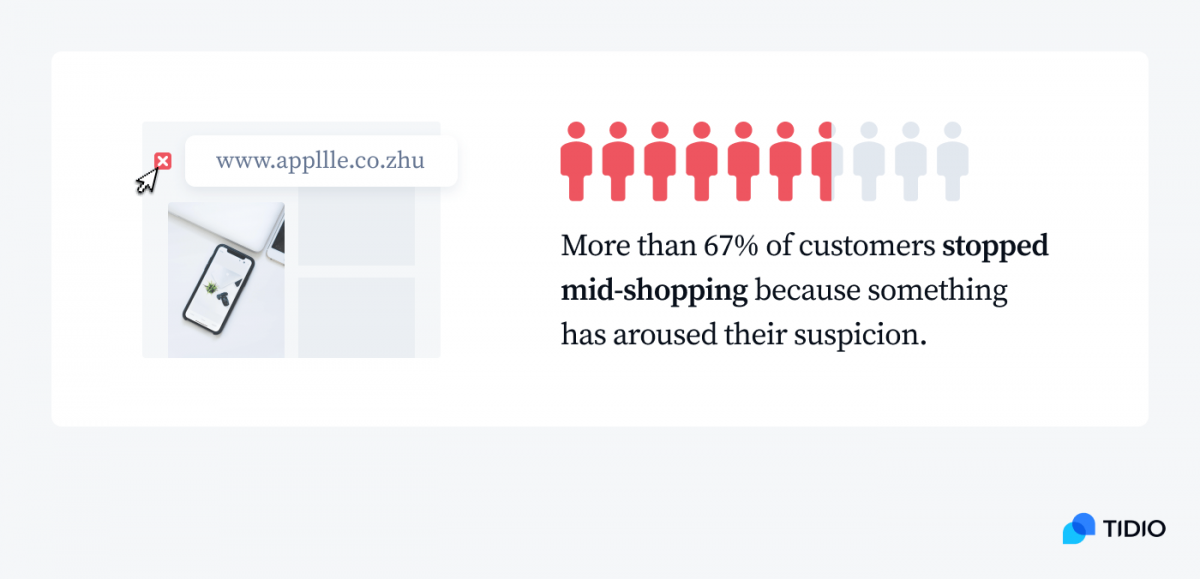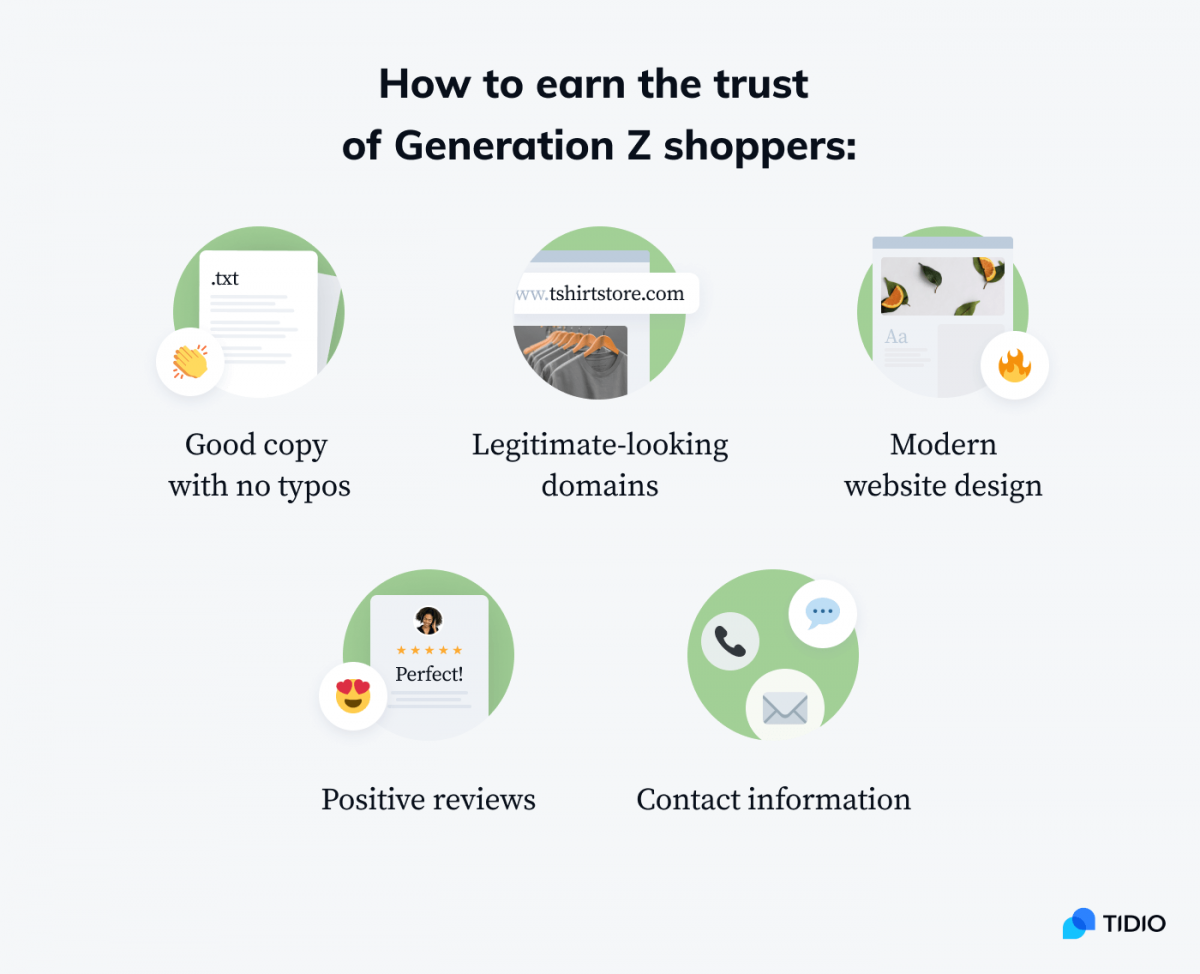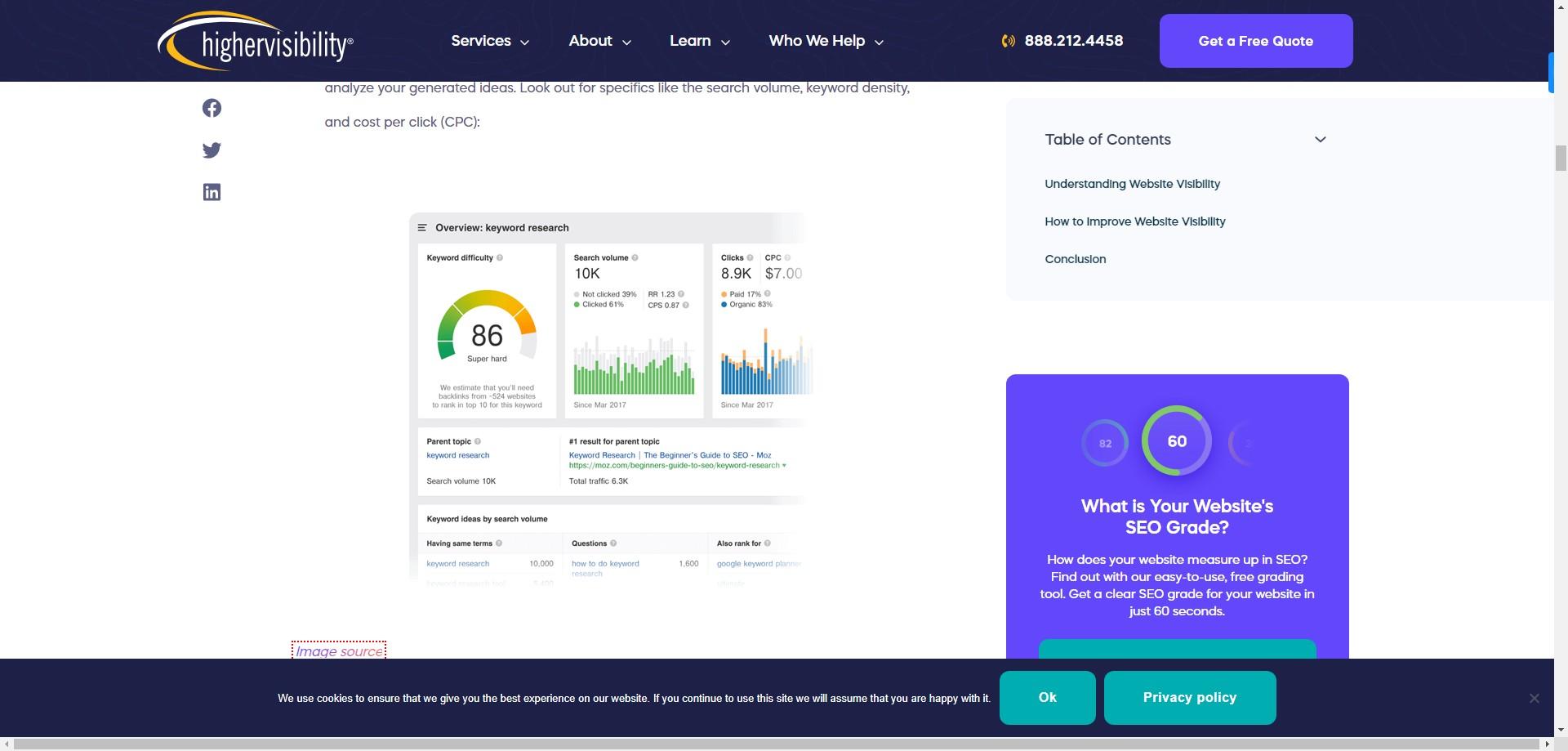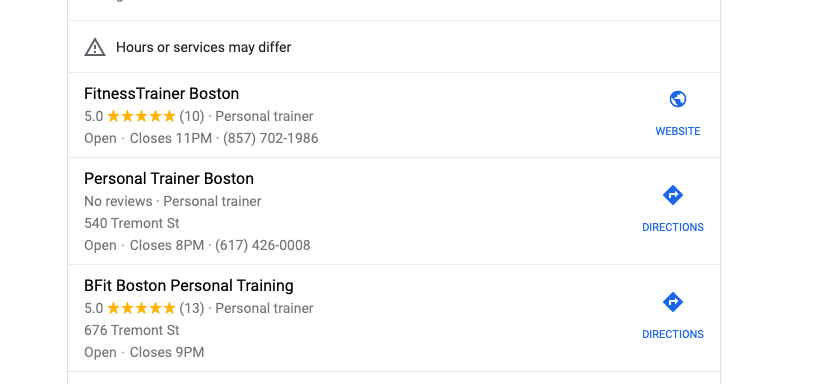In today’s digital age, where information is readily accessible at the click of a button, the importance of a company’s online presence cannot be overstated. One of the most crucial aspects of this presence is where a company ranks on Google’s search results. Achieving a spot on Google’s first page has become a coveted goal for businesses, and for good reasons. Here’s why ranking on Google’s first page is so important for companies.
1. Increased Visibility and Traffic

The vast majority of online experiences begin with a search engine, and Google dominates this space, handling over 90% of global search traffic. Studies have shown that the first page of Google captures 71-92% of search traffic clicks. This means that if your business is not on the first page, you are missing out on a significant number of potential visitors. Higher visibility translates directly into more traffic, which can lead to increased brand awareness and sales opportunities. Ideally, the search visibility should be in the 35-45% range. Getting 100% search visibility is not a possible target as you can’t own every search engine query for a site.

2. Credibility and Trust
Consumers tend to trust Google to deliver the most relevant and authoritative results for their queries. Being on the first page of search results is often perceived as an endorsement by Google, suggesting that your business is credible and trustworthy. This trust can be a significant factor in a consumer’s decision to engage with your business over competitors who appear further down the list or on subsequent pages.
- More than 67% of customers stopped mid-shopping because they stopped trusting the site
- Information presented in open-ended questions establish truust

Here’s one more stat:



3. Competitive Advantage
In virtually every industry, competition is fierce. Companies that rank higher on Google’s first page are more likely to capture the attention of potential customers before their competitors do. This competitive edge is crucial, particularly for small and medium-sized enterprises that may not have the marketing budget to compete with larger firms in other areas.

4. Cost-Effective Marketing
Achieving a high rank on Google’s first page through search engine optimization (SEO) is often more cost-effective in the long run compared to other forms of online advertising. While pay-per-click (PPC) campaigns can provide immediate results, they require continuous investment. SEO, on the other hand, involves an upfront investment but can yield sustainable results over time, making it a smart marketing strategy for companies looking to maximize their return on investment.

5. Better User Experience
Google’s algorithm prioritizes websites that offer a good user experience, including fast load times, mobile-friendly design, and high-quality content. By optimizing your website to rank higher, you are inherently improving its usability and user experience. This not only helps in ranking better but also ensures that visitors are more likely to stay on your site longer and convert into customers.
Also trust certificates lead to better user experience.


6. Local Search Benefits
For businesses with a physical presence, appearing on the first page of local search results is critical. Local SEO strategies, such as optimizing Google My Business listings and acquiring positive reviews, help companies rank higher for geographically specific searches. This is especially important for service-based businesses that rely on local customers.
At the same time do an acquisition review of your site traffic to understand which local queries are driving most traffic. 

7. Insight into Customer Behavior
Ranking on Google’s first page provides valuable insights into customer behavior and preferences. By analyzing the keywords and search queries that lead users to your site, you can gain a deeper understanding of what your target audience is looking for. This information can inform your content strategy, product development, and overall business strategy.
a. Keyword Analysis
When your website ranks on Google’s first page, it attracts a substantial amount of traffic from various search queries. By analyzing the keywords and phrases that lead users to your site, you can identify trends and patterns in consumer behavior. For example, if a large number of visitors find your site using a specific keyword related to a product feature, it indicates a strong interest in that feature. This information can guide your content creation, ensuring it aligns with what your audience is actively searching for. 
b. Content Strategy Development
Understanding the types of content that attract and engage visitors is crucial for developing an effective content strategy. Insights from search behavior can reveal which topics, formats, and types of content (such as blog posts, videos, infographics) resonate most with your audience. This allows you to produce content that not only ranks well but also meets the needs and preferences of your target audience, leading to higher engagement and conversion rates  .
.
c. User Intent Identification
Ranking on Google’s first page gives you access to a broader range of search queries, helping you understand user intent better. User intent refers to the underlying motivation behind a search query. It can be classified into informational (seeking information), navigational (looking for a specific site), transactional (intending to make a purchase), and commercial investigation (researching products). By analyzing the types of queries that bring users to your site, you can tailor your content and offerings to match their intent, thereby enhancing user satisfaction and conversion rates.
d. Behavior Flow Analysis
Tools like Google Analytics allow you to track the behavior flow of visitors who land on your website. This includes the paths they take, the pages they visit, and the actions they perform. By examining this data, you can identify common user journeys and any potential bottlenecks or drop-off points. For instance, if many users abandon their journey at a specific page, it may indicate issues with that page’s content, layout, or functionality. Addressing these issues can improve user experience and reduce bounce rates.
e. Audience Segmentation
Ranking on Google’s first page attracts a diverse audience, which can be segmented based on various criteria such as demographics, geographic location, and behavior. By analyzing these segments, you can gain a more nuanced understanding of different customer groups and tailor your marketing efforts accordingly. For example, if a particular segment shows a high conversion rate, you can focus more resources on targeting that group, or if a segment is underperforming, you can investigate and address the reasons why.
f. Competitor Benchmarking
Insights into customer behavior can also help you understand how your performance stacks up against competitors. By comparing your keyword rankings, traffic patterns, and user engagement metrics with those of your competitors, you can identify areas where you have a competitive advantage and areas that need improvement. This benchmarking process helps you stay ahead of the competition and refine your strategies to better meet customer needs.
g. Product and Service Optimization
Customer behavior data can directly inform product and service development. For instance, if analysis reveals a high volume of searches for a particular feature or benefit that your product lacks, you can consider adding it to meet customer demand. Similarly, feedback gleaned from search queries and user interactions can highlight areas where your product or service may be falling short, enabling you to make necessary improvements.
Conclusion
In an increasingly digital world, the importance of ranking on Google’s first page cannot be overstated. It enhances visibility, builds credibility, provides a competitive edge, and offers a cost-effective marketing strategy. Moreover, it ensures a better user experience and can lead to invaluable insights into customer behavior. Companies that prioritize their search engine ranking position themselves for greater success in the digital marketplace. Investing in SEO and striving for that coveted first-page spot on Google is not just beneficial; it’s essential for long-term business growth and sustainability.




